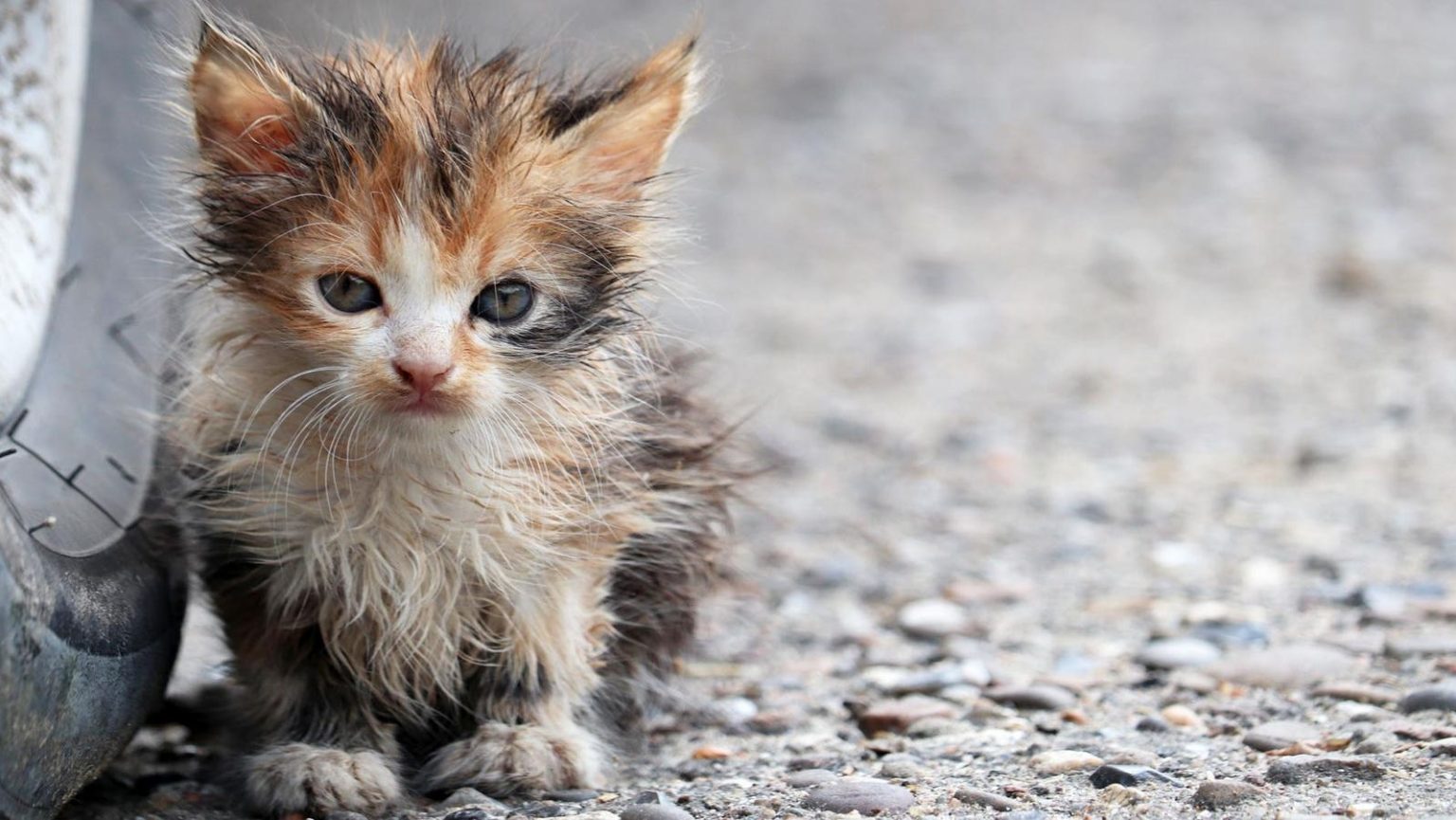Topline
Health and wildlife officials in Nebraska are scrambling to stave off an outbreak of rabies after a kitten was found to be infected with an unexpected strain of the killer virus, warning that humans could be at risk should the deadly pathogen gain a foothold in the area.
Key Facts
Federal, state and local health and wildlife officials said they plan to trap, test and vaccinate raccoons in Douglas County, Nebraska, after a stray kitten tested positive for a worrying strain of rabies they had not seen before.
The variant is normally linked to raccoons and is most common in the southeast United States, officials said, adding that it is not often found west of the Appalachian mountains and has never been detected in Nebraska before.
Rabies is almost always fatal and Douglas County Health Director Lindsay Huse said officials are “taking all the right steps to make sure it doesn’t spread or get established.”
Huse said the main concern is that the strain could gain a foothold among local wildlife and “lead to a significant increase in the number of rabies cases and human exposures.”
Raccoons are of particular concern given there are so many of them in metropolitan areas and that they more frequently come into contact with domestic animals like cats and dogs, which increases the risk of people then being exposed to the virus, Huse explained.
The risk is not limited to raccoons, however, and Huse said other wild animals like foxes, skunks and coyotes can also be infected.
What We Don’t Know
It’s not clear how the kitten—thought to be just a few months old—was infected with rabies and officials told reporters it is the first time a cat has been found with rabies in Douglas County for around 20 years (the virus is normally found in bats). This means there is a great deal of uncertainty about the virus and its prevalence in the local area. Huse said experts are still “trying to quantify the risk” the virus’ appearance poses and the surveillance from the trapping effort should provide more information. The rabies variant isn’t “likely significantly different” than other rabies strains, Huse told the Nebraska Examiner, stressing that the main risk comes from how common raccoons are and how frequently they come into contact with domestic animals and pets.
Key Background
Rabies is a viral infection transmitted through direct contact with the saliva—or, more rarely, the brain or nervous tissue—of an infected animal, usually through a bite. There are no treatments for rabies and, excluding a small handful of cases, the virus is invariably fatal once symptoms begin, which can be weeks, months or even years after exposure and include a loss of coordination, a fear of water, hallucinations and insomnia. Rabies can be prevented through vaccination and through post-exposure prophylaxis, a course of potent vaccine and immune-boosting therapies to prevent the virus from gaining a lethal foothold in the central nervous system. The vaccination of animals, particularly dogs—which are responsible for the overwhelming majority of human rabies transmissions—has drastically changed the impact and prevalence of rabies around the world and there are now only one or two deaths from the virus in the U.S. each year since 1960, down from more than 100 every year at the start of the century. Bats are responsible for most reported exposures in the U.S. and the mammals are, along with raccoons, skunks and foxes, the primary hosts of the virus in the country today. Rabies is still a major public health problem in many parts of the world, killing an estimated 59,000 people each year. The WHO estimates the global cost of dog-mediated rabies is around $8.6 billion a year, a figure it says does not account for the “uncalculated psychological trauma for individuals and communities.”
What To Watch For
Officials have not said when the trapping campaign will begin but have said raccoon testing will begin “in the area from ‘Street on the south to Fort Street on the north, from 72nd Street on the west to the Missouri River on the east.’” This area covers a roughly 3-mile radius from the part of the city where the kitten was found and officials said it might be expanded later. The initial goal is to vaccinate around 1,000 racoons, Alicia Hardin, wildlife administrator with the Nebraska Game and Parks Commission told the Omaha World-Herald. This covers approximately 60% of the local raccoon population and should be enough to keep the variant from spreading if it is already present, Hardin explained, adding that she has never seen such extensive precautions taken for rabies in the area. Residents have been urged to make sure their pets are vaccinated against the virus and to grant trappers permission to operate on private property, as well as to call the Humane Society at (402) 444-7800 ext. 1 to report any roadkill or stray or animals, particularly if they are acting in an unusual manner. “It is essential to limit the movements of any wild animals,” the City of Omaha said in a statement.
Tangent
Ten people were potentially exposed to the infected kitten. All have begun preventative rabies treatment and are doing well, Huse said.
Crucial Quote
“It’s just something that can snowball very quickly,” Huse, told the Nebraska Examiner. “The goal is to prevent this raccoon variant of rabies from establishing itself here in our area,” adding that this would “put many people in danger.”
Kitten with unusual rabies strain sparks unusual response in Douglas County to prevent ‘snowball’ (Nebraska Examiner)
Rabid anti-vaxxers could help spread deadly disease (Bulletin of the Atomic Scientists)
Read the full article here





